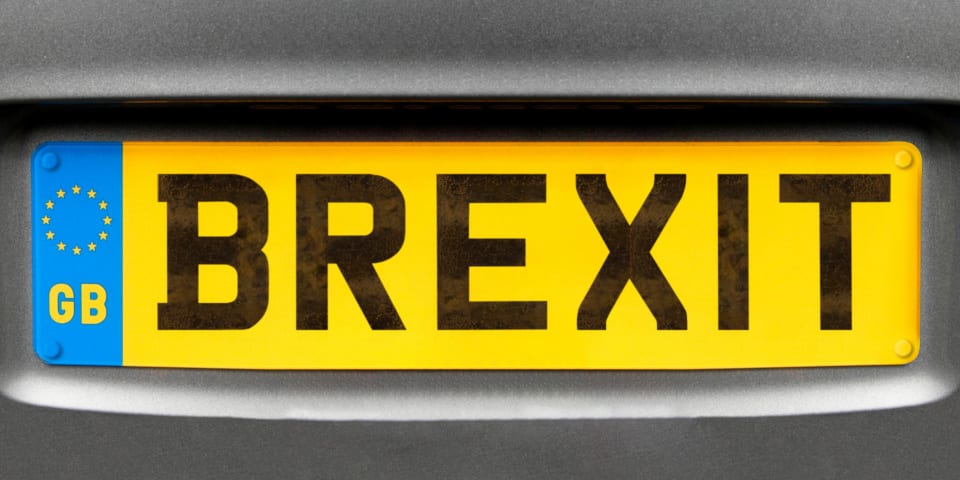 Too late to stop now
Too late to stop now
Jan 06, 2021
LONDON, UNITED KINGDOM – After nearly a year of gridlocked negotiations, the United Kingdom (UK) and the European Union (EU) secured a dramatic Christmas Eve Brexit deal to preserve their long-term relationship. While the UK Parliament voted to leave the EU in late 2019 and formally split from the trading bloc on January 31, 2020, the UK provided an 11-month runway for negotiations before they left the EU Customs Union on December 31, 2020.
One of the major areas of contention was disagreements around fishing rules in UK waters, which was resolved by providing EU fishermen a quota to be phased out over time. For agriculture, including rice, the deal means that two-way trade will remain duty-free and quota-free for products originating in either bloc.
“This agreement is a big deal for all involved and has been a long time coming,” said Mark Holt, Arkansas rice miller and chair of the USA Rice Europe, Africa, Middle East Trade Policy Subcommittee. “While the treatment of U.S. rice shipped to both the UK and the EU didn’t change much, the long-term certainty and stability that this EU-UK agreement provides will benefit U.S. rice exporters. We also know that the lack of an EU-UK agreement was a hurdle for the U.S. to clinch our own trade deal with the UK. This should help clear the way for negotiations with the new administration to move forward later this year.”
The U.S. has three country specific quotas for the EU for milled and broken rice totaling 50,109 MT. The presence of an EU-UK agreement means those quotas will each be split between the EU and the UK effective in 2021, although details of the allocations have not yet been made public. Additionally, U.S. milled and broken rice shipments to both markets will continue to be subject to a 25 percent retaliatory duty.